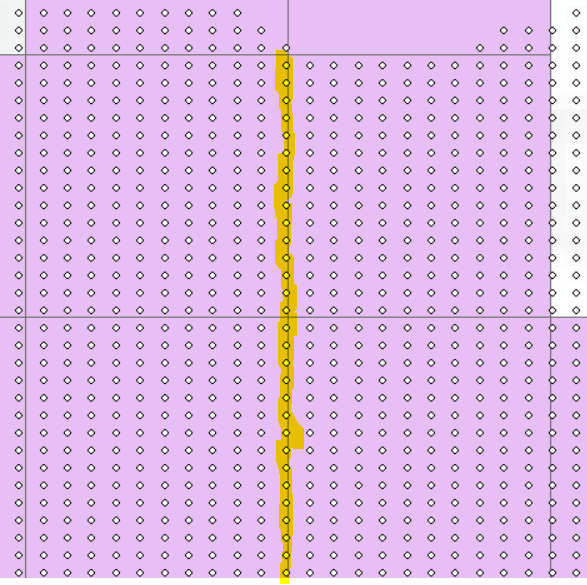The purpose is to compare the fractional snow cover of the coarser pixel to the binary snow cover (0 for no-snow and 1 for snow) of lower resolution pixels. Both the datasets are of the same area and share the same WGS84 coordinates. Below are two of the methods that I am thinking of:
As I understand random point sampling is independent of resolution in ArcGIS. So, I have two rasters one with coarser resolution say in kilometers and the other one is of finer resolution in meters. I create random points for each of the rasters. Then I run the "Extract multi values to point" tool to extract the pixel values of the attributes to these points. Please note that the attributes has to do with fractional area coverage in percentage (0-100%) in a pixel for one of the rasters, whereas the other raster which is of 500m resolution has binary/discrete values i.e. 0 /1 . The goal is to do a comparison between the point values based on fractional area coverage/percentage of each cell in the coarser raster to the binary data finer resolution raster. So for example on a given day, the fractional covered area is 96% for a particular coarser pixel. As I know the coarser pixel has approximately 165 pixels, and so for that given day 60 of the finer resolution pixels have value 1. Hence, I add them and divide it by 165, basically ((60/165)*100)= 36.36%. I can then compare the two fractional area values i.e. 96% with 36.36%
So far I have found that there are 165 points representing the smaller pixels that lie in a single coarser cell. My question is somewhat similar to this question with the only difference that temporal resolution is same.
Will this be a valid comparison between the two sets of random point sampling, even though the resolution of the rasters is quite different?
Second Approach
I find the number of pixels in the coarser pixel, which is approximately 165, and then for those 165 pixels I add the binary one values of these pixels and divide them by total number of pixels which is 165, this might give me fractional area coverage of snow. I can then compare the fractional area coverage of the coarser pixel with the fractional area coverage of the 165 pixels. But even in this case, I am noticing that some of the pixels lie right on the boundary line of the coarser pixel.

The whole purpose is to comparison in such a way that one resampling of resolution can be avoided.
